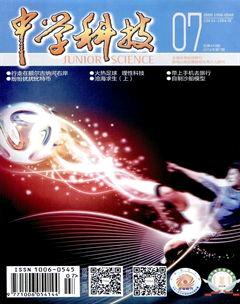A New Atomic Clock

The U.S. Department of Commerce's National Institute of Standards and Technology (NIST) has officially launched a new atomic clock, called NIST-F2, to serve as a new U.S. civilian time and frequency standard, along with the current NIST-F1 (A) s .
NIST-F2 would neither gain nor lose one second in about 300 (1) m years, making it about three times as accurate as NIST-F1. NIST-F1 has served as the standard since 1999. Both clocks use a "fountain" of cesium(銫)atoms to determine the exact (B) l of a second.
NIST scientists recently (C) r the first official performance data for NIST-F2, which has been under development for a (2) d , to the International Bureau of Weights and Measureuis (BIPM), located near Paris, France. That agency collates (核對)data from (D) a clocks around the world to produce Coordinated Universal Time (UTC)(協(xié)調(diào)世界時), the international standard of time. According to BIPM data, NIST-F2 is now the world's most accurate time standard.
NIST-F2 is the latest in a series of cesium-based atomic clocks developed by NIST since the 1950s. In its role as the U.S. measurement authority, NIST strives to advance atomic timekeeping, which is part of the (E) b infrastructure of modern society. Many everyday technologies, such as cellular telephones, Global Positioning System (GPS) satellite receivers, and the electric power grid, rely on the high accuracy of atomic clocks. Historically, improved timekeeping has consistently led to technology improvements and (F) i .
"If we've learned anything in the last 60 years of building atomic clocks, we've learned that every time we build a better clock, somebody comes up with a use for it that you couldn't have foreseen," says NIST physicist Steven Jefferts, lead (3) d of NIST-F2.
For now, NIST plans to simultaneously operate both NIST-F1 and NIST-F2. Long-term comparisons of the two (4) c will help NIST scientists continue to improve both clocks as they serve as U.S. standards for civilian time.
(A, B, C, D, E, F FOR CROSS, 1, 2, 3, 4 FOR DOWN. The first letters of the absents were given)

